Montana in 30 Years: Rural Libraries

 Raised in a military family, his father’s army career took the family to assignments throughout the U.S. and abroad. He graduated from Bitburg American High School in Germany. During his early years, he attended college and, on occasion, worked as a singer and actor in Colorado. He got his BA in Humanities from San Diego State University in California and his master’s degree in Library Science from the University of Arizona, Tucson. He managed branches with San Diego Public Library for fifteen years, then decided to return to the Rockies in 2010 by moving to his vacation home in Whitefish.
Raised in a military family, his father’s army career took the family to assignments throughout the U.S. and abroad. He graduated from Bitburg American High School in Germany. During his early years, he attended college and, on occasion, worked as a singer and actor in Colorado. He got his BA in Humanities from San Diego State University in California and his master’s degree in Library Science from the University of Arizona, Tucson. He managed branches with San Diego Public Library for fifteen years, then decided to return to the Rockies in 2010 by moving to his vacation home in Whitefish.
In Whitefish, Jack worked for two years for Montana Coffee Traders, where he learned to appreciate the value of a great cup o’ joe! He fell in love with Virginia City when he was introduced to it by friends over nine years ago. At the Thompson-Hickman Library, Jack and the rest of the library staff continue the tradition of hospitality, offering coffee, cookies, and conversation in a relaxed and friendly setting, making the Thompson-Hickman Library truly “a great place to hang!”
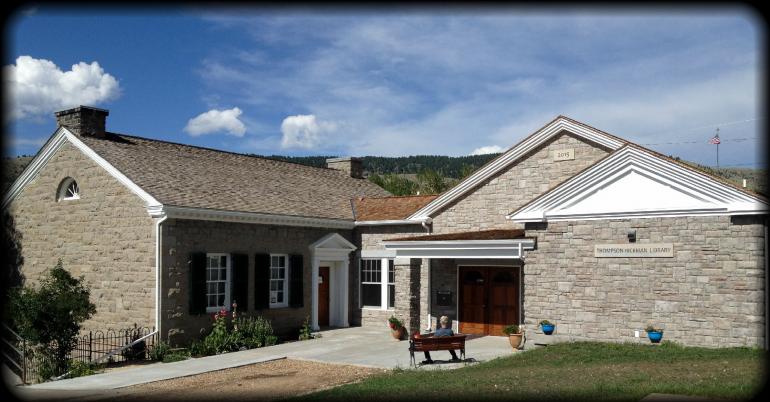
What are some of the factors that will change Montana’s rural libraries over the next thirty years?
As Montana continues to see growth in its population, rural libraries will need to grow as well. Many libraries that are currently considered “rural” may well be urban. Conversely, if populations within Montana gravitate toward larger urban centers, some rural libraries may find themselves losing service populations.
What will be the biggest challenge to Montana’s libraries in 2051?
Climate change and its repercussions will most likely be the challenge not only to libraries but to the communities that they serve.
How do you see Montana’s growing population affecting rural libraries in 2051?
As mentioned in the answer to Question #1, population growth will challenge rural libraries to expand their services. By that time perhaps many services will be virtual, but there will most likely always be a need for a physical place where community members can meet in person. As life gravitates more toward the virtual, it will be even more important to have face-to-face contact with others.
Do you think that, even in a future that is likely increasingly digitized, we will still have a need for analog archives?
Although digitized resources will only continue to increase as an important presence in our lives, physical “analog” materials will still be around, even if it’s in reduced numbers or relegated to archives. Having the original hardcopy texts will always be important to those doing research or to those with a preference for the comfort of “old-fashioned” books.
Do you think that Montana’s rural libraries will be as important to small-town communities in 2051 as they are now?
Libraries are currently transforming into places that provide more than just books and DVDs. They have become dynamic centers of learning, places to meet, and keepers of the flame of social equity. They offer services that range from providing computer classes to fostering community gardens. Throughout history libraries have changed to adapt to the needs of a particular generation. Rural libraries will most certainly choose to remain places that are aware and proactive to changing times.
Do you think the possibility of environmental change could have an impact on Montana’s rural libraries in 2051?
Environmental change will most assuredly have an impact on the communities that rural Montana libraries serve since Montana is such an agrarian state. Again, rural libraries will need to keep pace with the changing needs of the communities they serve.
What would you like to see changed about Montana’s rural libraries by 2051?
The Montana Shared Catalog, which is a consortium of 177 libraries (public, school, academic, medical, and special libraries) sharing their resources. Montana libraries are already doing an incredible job of collaborating to serve our growing population’s needs. The need to share resources, to innovate, and to be attuned to our communities’ needs will only increase as time goes by.
Do you think the Thompson-Hickman Library may service a much larger population by 2051?
Since the Thompson-Hickman Library serves all of Madison County, the population of the entire county inevitably will change as years progress to 2051. Although it’s difficult to project how much the population will grow, it is fairly safe to assume that it will go beyond the approximately 9,000 people currently residing here. All the libraries within the county will need to continue to partner in order to accommodate the increased population.
As Virginia City’s legendary history recedes further into the past, how will rural libraries like the Thompson-Hickman Library help to preserve that era for posterity?
The Thompson-Hickman Library building houses the Dick Pace Archives as well as the Thompson-Hickman Museum. The Pace Archives moved into its new, climate-controlled space in 2015. The museum, found on the lower level of the original library building, has been in operation since the building was open to the public in 1922. Both of these institutions are dedicated to preserving history for posterity. Both institutions can only grow in importance and value with the passage of time.
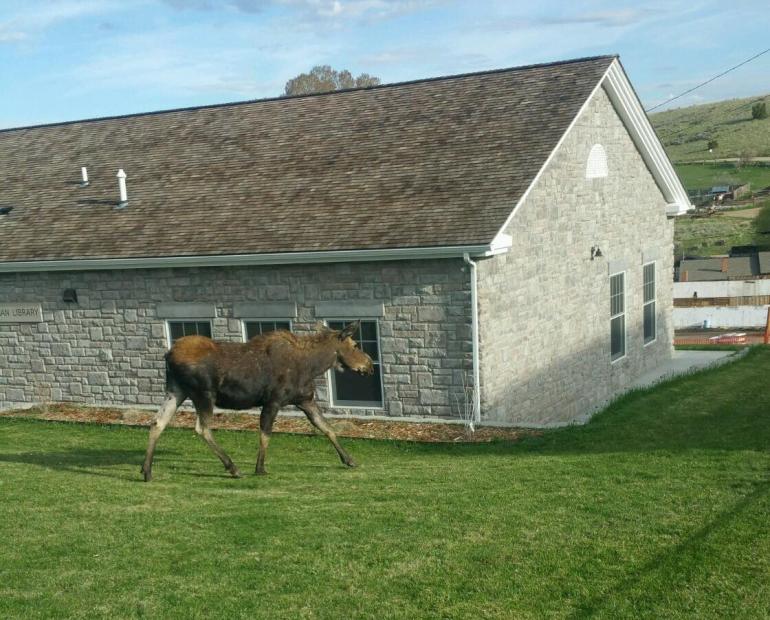






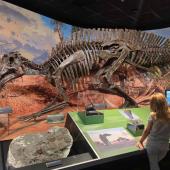

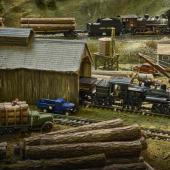
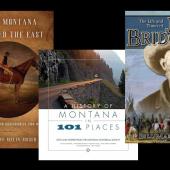
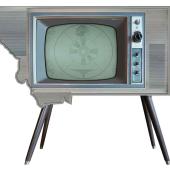
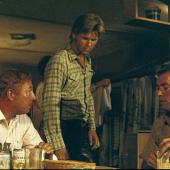
Leave a Comment Here